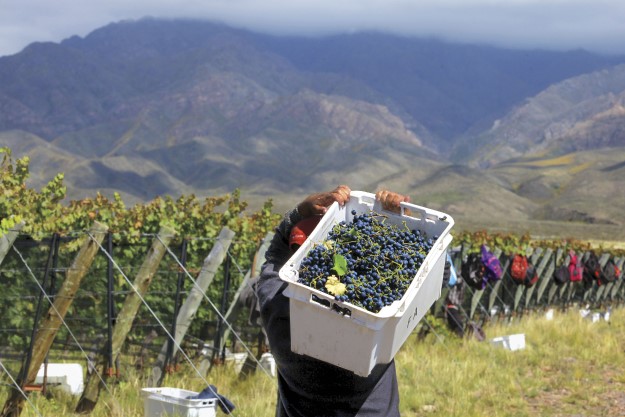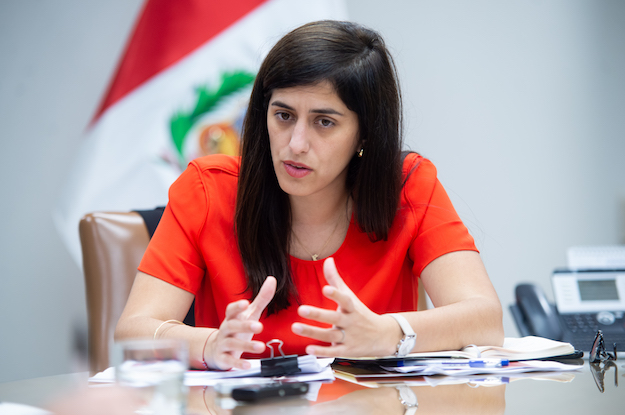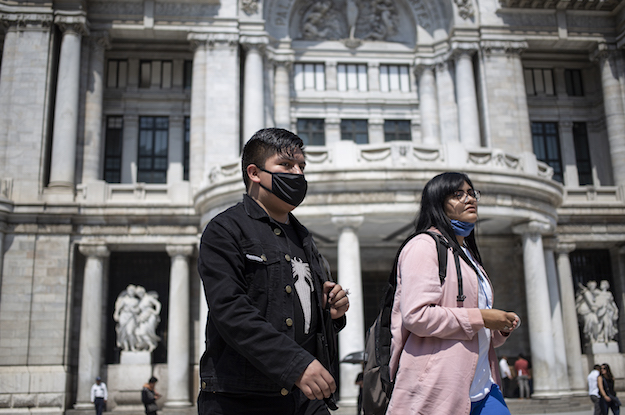This article is adapted from AQ’s latest issue on the politics of water in Latin America | Leer en español
In the foothills of the Andes lies the heart of Argentina’s wine production. But for the past decade, Mendoza has been facing the longest and most severe water crisis in its history, putting the industry at risk.
Experts warn this could be the most critical year yet. According to the regional department of irrigation, the Mendoza and Tunuyán Rivers, the most important in the province, received just 10% of the expected snow melt this year. Between 2009 and 2017, the region’s glaciers lost an average of 12 inches (30 centimeters) per year.
“What we are seeing now is what we will start seeing more often,” said Juan Andrés Pina, deputy director at Mendoza’s Department of Irrigation.
Mario Sonzogni, wine maker Chandon’s agricultural engineer, said water shortages could lead to lower yields, make plants more prone to sickness, and even affect the taste of the grapes. With a growing population competing for the resource, Mendoza’s agriculture and industry use 93% of available water, raising concerns that the wine sector won’t be able to meet its water needs if recent trends continue. An Inter-American Development Bank study estimates that by 2050, 30% of demand will be unmet.
The government and producers are working to implement new technologies to minimize waste. According to Sonzogni, about 75% of Mendoza’s irrigated surface currently uses inefficient systems. Last October, the government presented a bill for a Provincial Drought Plan to coordinate stakeholders to tackle the effects of climate change. It has yet to be debated in the local legislature.
“We need to adapt to this condition of water scarcity,” said Pina. “We have no choice: This is our new normal.”
—
He is a reporter based in Argentina








